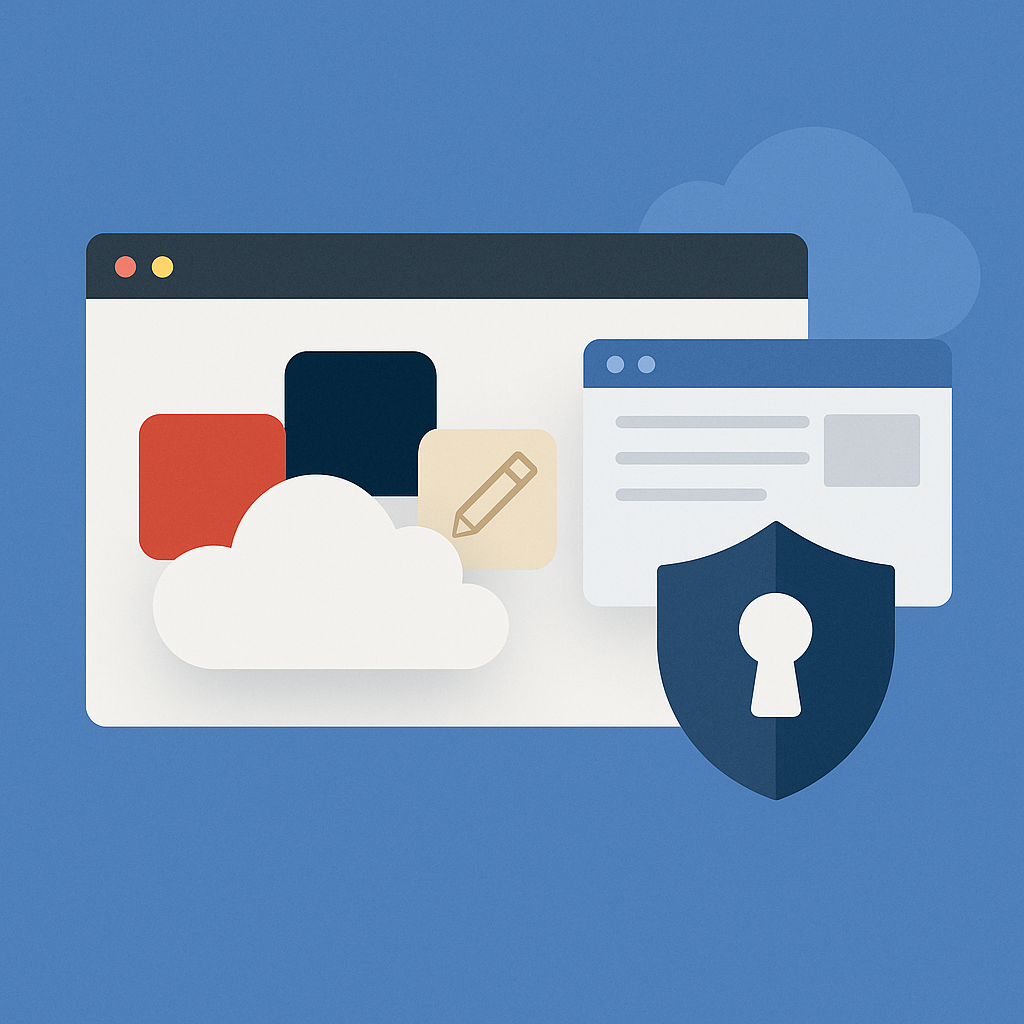Higher education institutions are facing significant new IT challenges today. From enabling digital-native students, to declining enrollment and related tuition-based revenue, to new online competition – CIOs must make serious changes to the way they approach IT. They are also under the gun to reduce costs while improving the educational experience for both teachers and students. Many students today, who never knew a world without the internet and smart, connected devices, also expect the latest technology and a simple and easy way to access it. Educators are on board, too. To address these challenges, an increasing number of IT administrators to see the benefits of undergoing a cloud migration.
IT Challenges in higher education
Enrollment rates in higher education are declining. While there are many reasons for this, colleges and universities are feeling the impact and are looking for new ways to innovate with technology to attract the best and brightest minds. To gain an understanding of how important technology is to new students, CIOs need look no further than the experiences students are already talking about. According to a recent report:
- One-third of students feel that that student administration systems don’t meet their expectations, which makes them less likely to recommend the institution
- Seven in 10 students recommend that their universities rethink their digital strategy
Another study reveals that students have three or more logins for university-related accounts, and that 73 percent are dissatisfied with their university’s digital strategy. Given that today’s students grew up in an always-on, self-service and mobile world, those things matter. Enabling the digital experience students expect nowadays used to require a huge up-front investment in IT resources, expensive and complex legacy virtualization technologies. With declining enrollment and tuition revenue, many universities and colleges simply don’t have the budget to fund that kind of innovation in-house. That’s all changed with the hyperscale cloud. Still, undertaking a cloud migration is a challenge in and of itself. That’s where itopia Cloud Automation Stack (CAS) and Google Cloud come in.
Alleviating common concerns about cloud migration in higher education
While IT pros in the industry see the benefits of migrating to the cloud, there are still some concerns. In a survey conducted by Vion of higher education institutions of all sizes, the top cloud IT challenges respondents cited are security (68%), data ownership (52%), and limited customization (45%). While the concerns are legitimate, let’s look at how itopia CAS + Google Cloud mitigate these.
- Security – Google Cloud products adhere to rigorous security and privacy standards and comply with education-specific laws. IT administrators can set granular security and access policies through itopia CAS. In addition, there are no ads run on G Suite for Education, and security policies. Data collection practices are transparent and guaranteed through G Suite for Education Privacy Notice and G Suite Agreement which clearly explains contractual obligations to protect data.
- Data ownership – Schools own their data, but Google Cloud keeps it secure. IT administrators can easily monitor their data security through Google Cloud. Through the insights feature in itopia CAS, which is deeply integrated with Google Cloud BiqQuery, IT admins can also see who is accessing what and when. In addition, the combination of G Suite for Education and Chromebooks support compliance through standards such as: FERPA; ISO/IEC 27018:2014; the Student Privacy Pledge introduced by the Future of Privacy Forum, and more.
- Limited Customization – itopia CAS, purpose-built for Google Cloud, enables single-click customization of individual or group workspaces. In other words, IT administrators can personalize and provision any cloud desktop with only the applications students need, when they need them. What’s even better, is that this can be done super-fast through a single management console.
The benefits to higher education institutions by migrating to the cloud really boils down to four main things: cost reduction, ease of access, centralized management and increased scalability. With itopia CAS, migrating end user computing (EUC) environments to the cloud is a cinch, freeing up IT administrators time to work on more strategic and innovative projects. By integrating previously siloed systems in a cloud environment, students, teachers and administrators get a single place to access all university-based systems, from enrollment, to financial aid to educational applications. Regarding costs, cloud migration not only eliminates CapEx on dedicated infrastructure, but the institutions only pay for the cloud resources they use. For instance, features in itopia CAS like server uptime scheduling and autoscaling take cost management to new heights. Perhaps most of all, colleges and universities can attract digitally-savvy students in an increasingly competitive market by giving them the mobile, self-service and always-on experience they are most comfortable with.



